Optimal RDF Particle Size for Cement Kilns: Maximizing Efficiency in Waste-to-Energy
In the push toward carbon neutrality and circular economy principles, Refuse-Derived Fuel (RDF) has become a cornerstone for the cement industry, turning solid waste into a high-calorific-value alternative to fossil fuels.
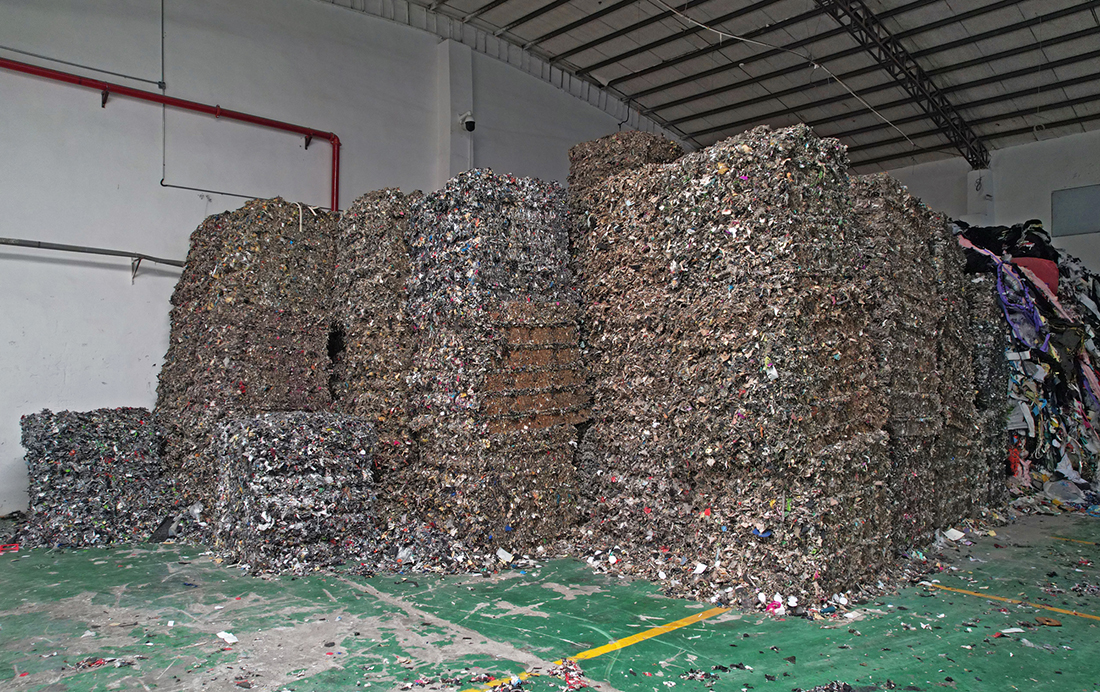
In the push toward carbon neutrality and circular economy principles, Refuse-Derived Fuel (RDF) has become a cornerstone for the cement industry, turning solid waste into a high-calorific-value alternative to fossil fuels.
Not only does it reduce landfill burdens and cut emissions, but it also delivers reliable heat for clinker production. Yet, a common question arises: What’s the ideal RDF particle size for seamless integration into cement kilns? Harden Machinery Ltd. breaks it down, drawing on industry best practices to help cement plants achieve stable combustion and optimal performance.
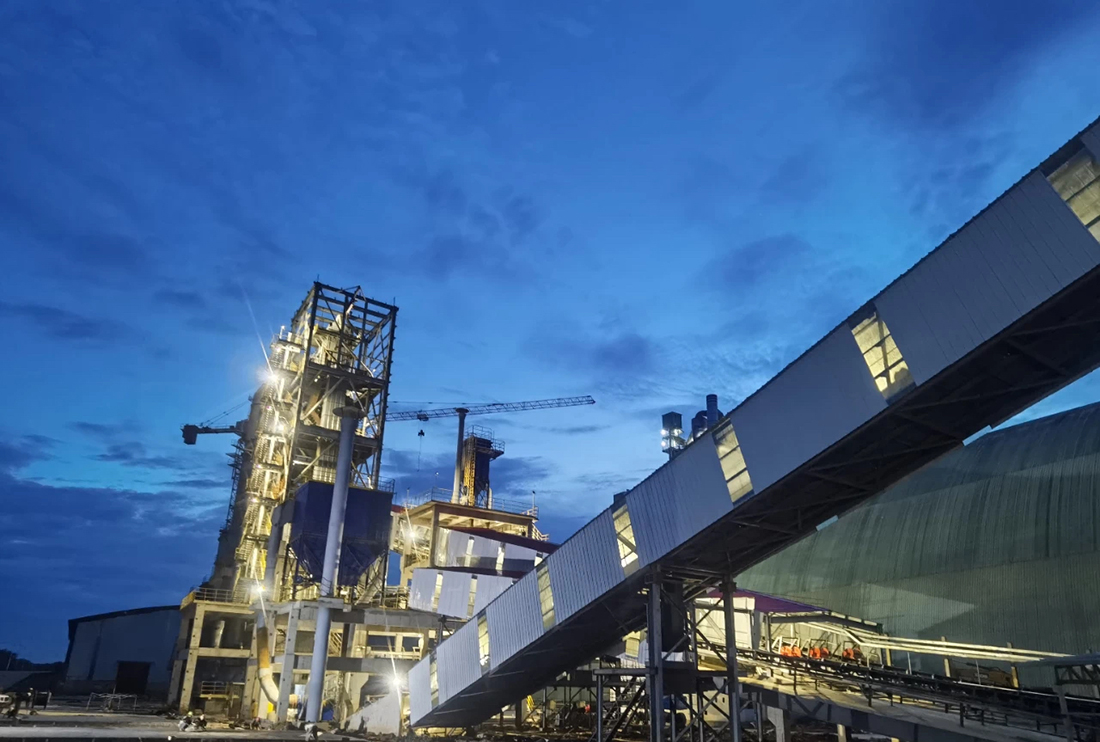
RDF Essentials: Why Cement Kilns Are a Perfect Fit
RDF—Refuse-Derived Fuel—is a processed fuel derived from municipal solid waste (MSW), commercial and industrial waste (C&I Waste), and other streams through screening, shredding, and pelletizing. Its appeal lies in the cement kiln's unique environment: temperatures exceeding 1450°C, long residence times, and stable combustion zones.
These conditions efficiently harness RDF's heat while mineralizing or immobilizing contaminants like dioxins and heavy metals in the clinker, minimizing secondary pollution. But to leverage this synergy, RDF must be precisely prepared—starting with the right particle size.

The Sweet Spot: 30–50 mm for Peak Kiln Performance
Based on global cement plant experiences and technical standards, RDF for cement kilns should be shredded to under 50 mm, with the optimal range being 30–50 mm. For kilns with advanced feeding systems or higher combustion demands, tightening to 20–30 mm can further refine efficiency, though it requires balancing shredding costs.

This range isn't arbitrary—it's engineered for the kiln's dynamics:
● Avoid Oversized Particles (>100 mm): Large chunks burn unevenly, with outer layers charring while inner cores remain unignited. This leads to incomplete combustion, volatile kiln temperatures, and unburned residues contaminating clinker quality or damaging kiln linings.
● Steer Clear of Undersized Particles (<10 mm): Fine RDF is lightweight and prone to bridging in feeding lines like screw conveyors or pneumatic systems, especially in humid conditions where it clumps. Plus, excessive shredding drives up energy use and material loss.
● Why 30–50 mm Wins: This size offers an ideal surface area for rapid ignition and full combustion within the kiln's residence time. Particles flow smoothly through feeding systems without clogging, ensuring consistent heat release (3500–5500 kcal/kg) and stable kiln conditions. It also fits most existing infrastructure, minimizing retrofits.
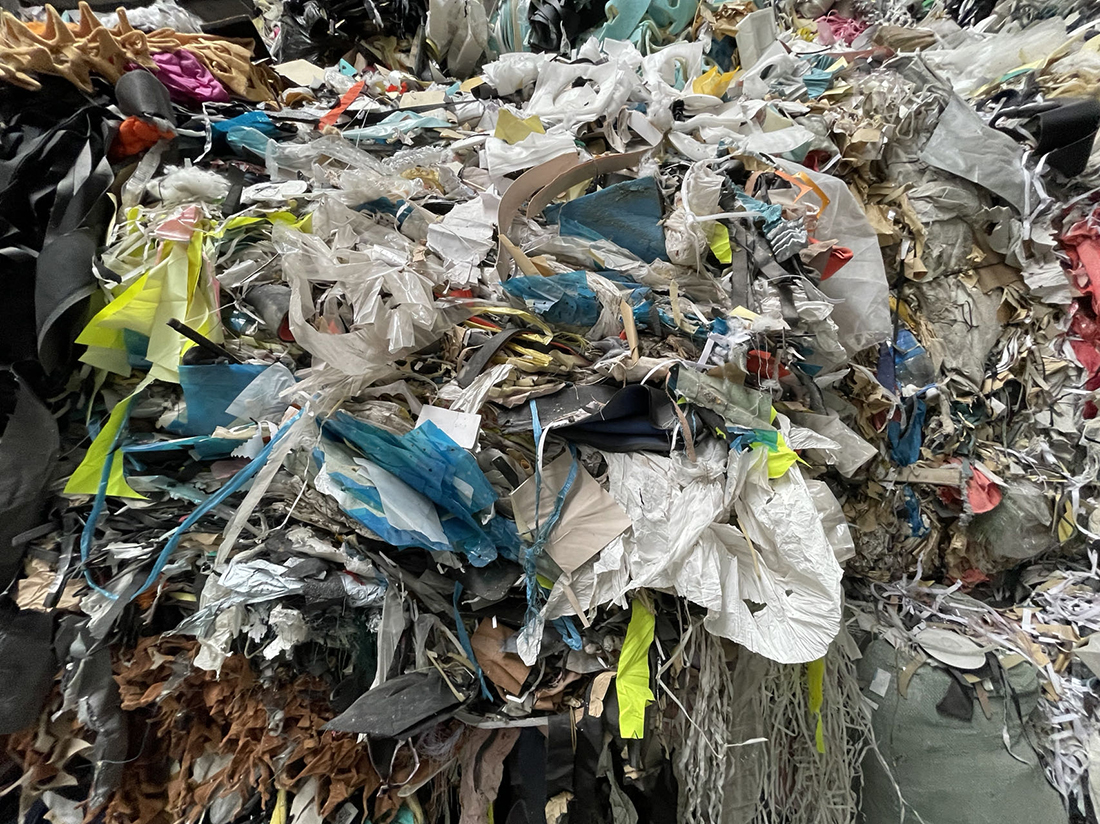
Harden's single-shaft shredder excels in solid waste processing, reliably producing sub-50 mm particles that meet cement kiln requirements for RDF alternative fuels.
With its robust cutting system, adjustable speeds, and wear-resistant alloy blades, it handles over 90% of common waste types—including MSW, commercial and industrial waste, paper mill rejects, biomass, and even renovation debris.
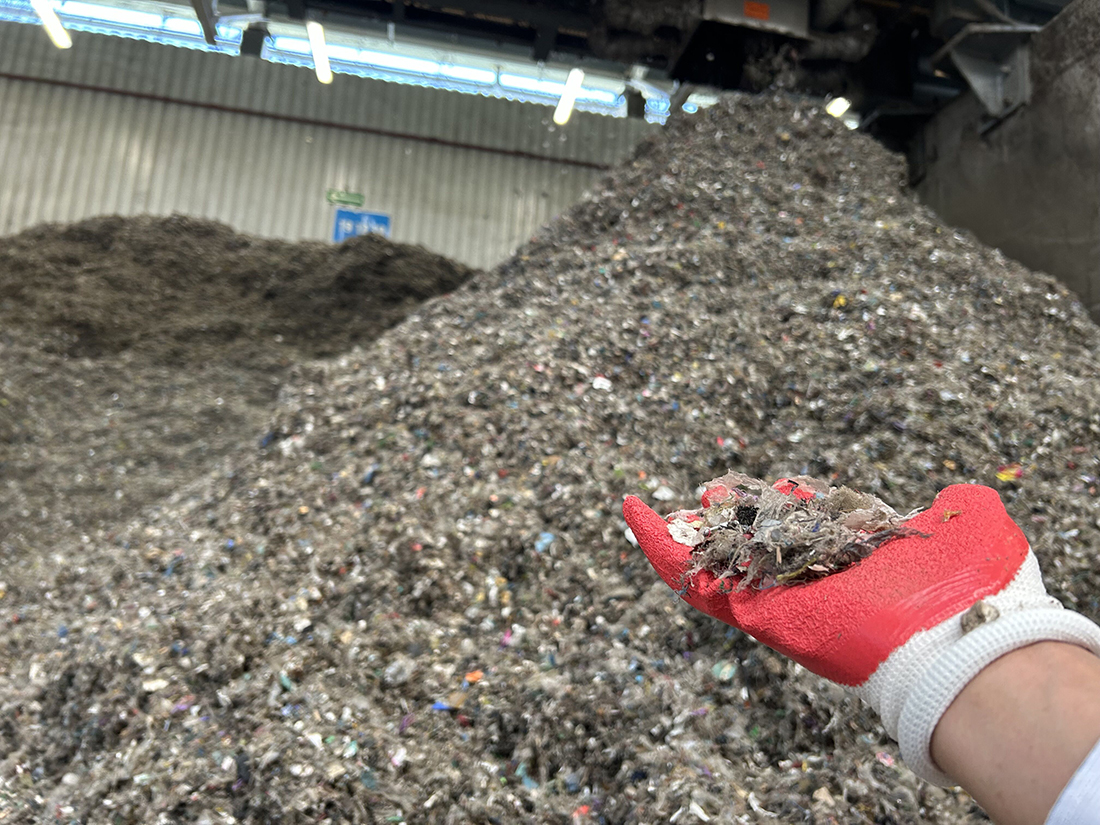
As a true all-rounder, it also tackles tough, wrapping-prone materials like textiles and plastics, achieving up to 30% more stable calorific value while minimizing maintenance downtime.
Tailoring Size to Your Context
While 30–50 mm is the gold standard, customization matters:
● Raw Material Composition: High-calorific streams like plastics or rubber (soft, irregular post-shredding) can tolerate 50–60 mm. Brittle feeds like paper or wood chips, prone to fines, benefit from tighter control to minimize dust.
● Kiln Type and Conditions: New dry-process kilns with fast gas flows favor 30–50 mm for quick burnout. Smaller shaft kilns, with longer residence times, can handle 50–80 mm without fluxing issues.
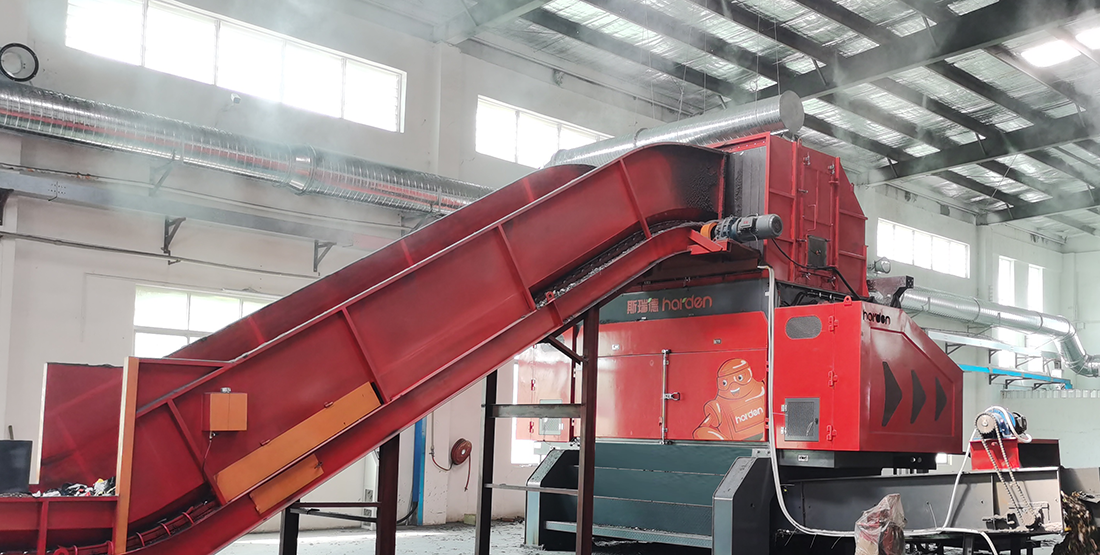
Size Control: The Key to RDF's Full Potential
Mastering RDF particle size transforms waste from a liability into a kiln asset—boosting substitution rates, slashing coal use, and enhancing clinker quality. As RDF technology evolves, precise shredding will play an even bigger role in sustainable cement production.
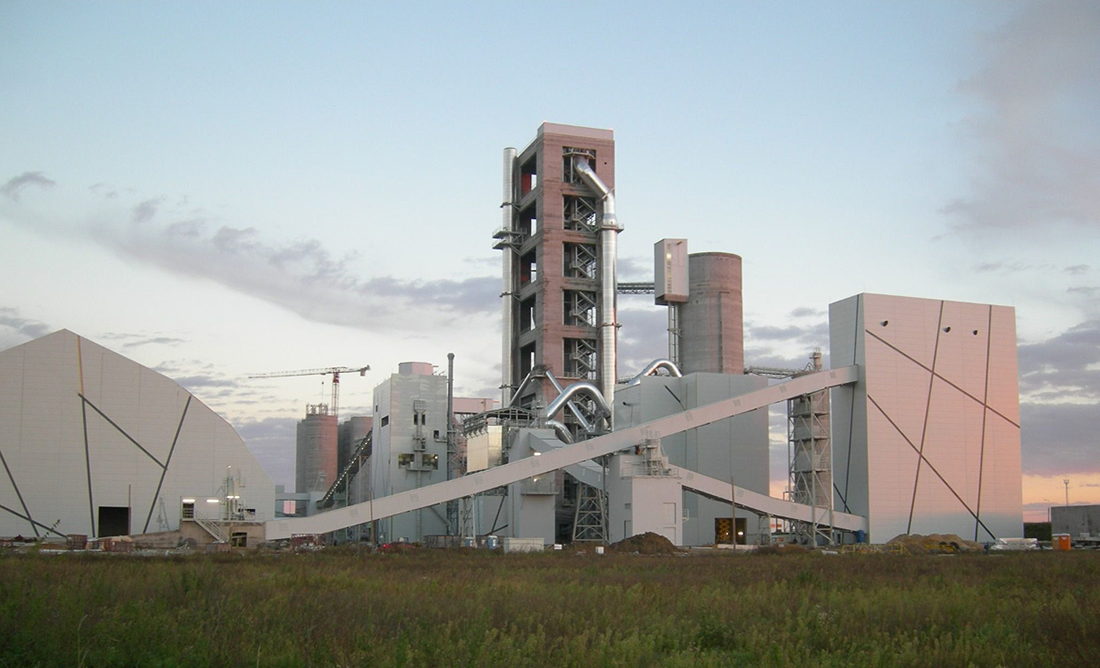
Ready to optimize your RDF feed for kiln efficiency? Harden Machinery’s shredders and systems are built for it. Contact us to discuss tailored solutions for your waste-to-energy goals.

